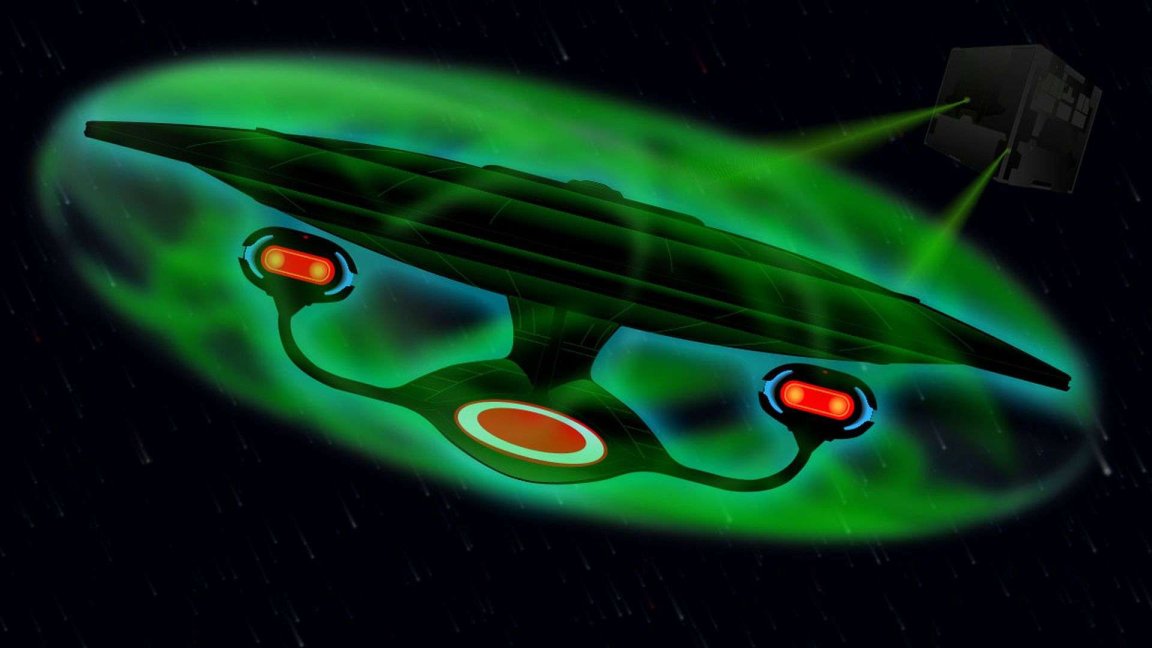
Cosmic Rays
Astronauts face a lot of risks when they go on deep space manned missions, including one that humans are already exposed to on Earth—cancer. On space missions however, the risk is heightened so much that it is currently a major obstacle to deep-space exploration.
The European Space Radiation Superconducting Shield (SR2S) project however hopes to provide a solution by creating a force field that can essentially protect astronauts using superconductive magnets. The concept is similar to how force fields work, wherein the magnetic shield would work like a magnetosphere like the one surrounding earth, and work to protect astronauts from cosmic rays in space.

Using a specific conductor for the application, the magnetic shield isn’t designed to block radiation completely, but it will potentially lower exposure to radiation down to what scientists would consider acceptable levels.
Current spacecraft technology does offer a level of passive shielding that are designed to mitigate the effects of radiation. While somewhat effective, passive shielding doesn’t however protect against the most damaging and riskiest radiation sources. Galactic cosmic rays move so fast that passive shields are unable to stop them.
SR2S technology uses an active-shielding approach. The superconducting magnets can create a magnetic field that’s 3000 times stronger than the one that protects the planet and can create a 10 meter (30 foot) cosmic ray deflecting force field around the spacecraft.
Force Field
Should the technology prove to be a success, this will also allow NASA astronauts to expand their existing pool of candidates for manned missions. NASA limits astronauts to a 3 percent increase in their risk of cancer fatalities. Once astronauts have been exposed to cosmic radiation that meets that limit, they can’t go back to space. Lowering their exposure to it means they can extend their qualifications for missions. This will also extend the opportunity for women who have a lower radiation threshold then men.
The viability of the shields are set to be demonstrated soon, and should it prove successful it could possibly see real-world implementation within the next 20 years.